OXYGEN FREE
RADICALS CAUSE:
• Photo ageing
• Inflammation
• Skin cancer
• Lipid peroxidation
• Cell membrane damage.
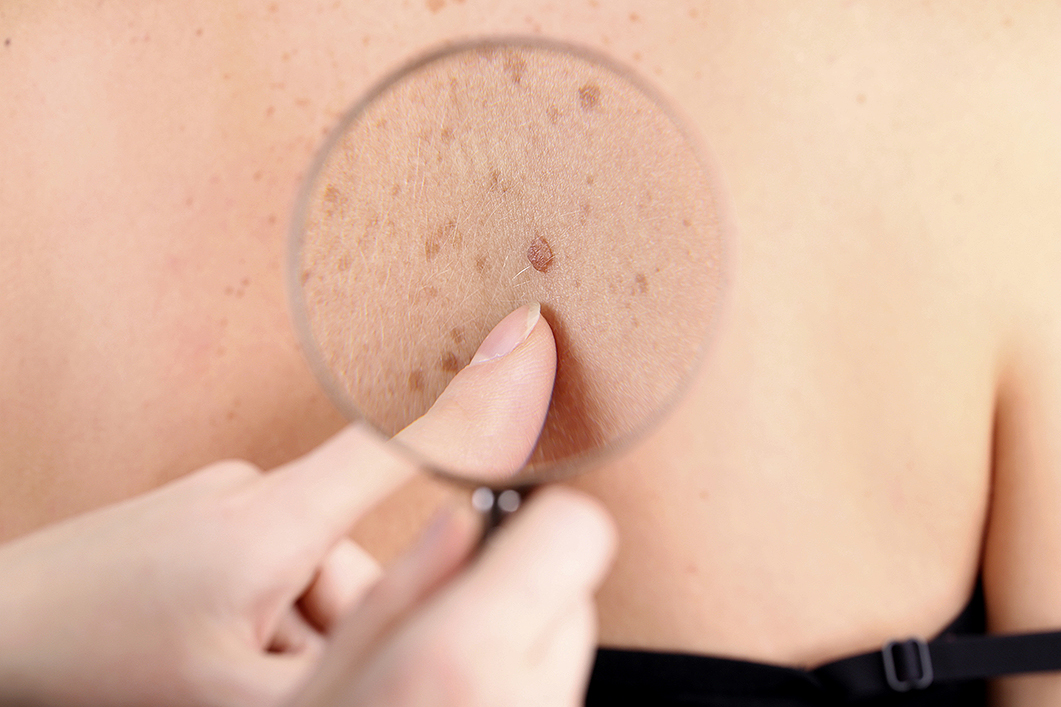
– Dr Shania Lee
HOW AND WHY OXYGEN BECOMES REACTIVE OXYGEN SPECIES
An oxygen atom naturally has six electrons around it, but it secretly wants eight. It will combine with anything to give it those two extra electrons. Like water, for example: H2O is two hydrogen atoms, combined with one oxygen atom. Hydrogen atoms only have one electron each; so two combining with oxygen gives the oxygen the eight electrons it wants.
But, both in nature and in our bodies, oxygen sometimes gets cheated through natural processes, like cell metabolism, digesting food, fighting bacteria and toxins. Then there aren’t enough electrons to go around, and the oxygen ends up with seven instead of the eight it wants.
This drives the oxygen crazy (unstable), it becomes a free radical and goes into a rage: it will try and steal that extra electron from anything it can, including the healthy cells in your body. Free radicals “infect” all molecules around them, spreading the “disease” unless they are stopped.
How the sun can become your enemy and the air you breathe toxic to your body – and why this knowledge is the first step to reclaiming your ideal skin
You’ve no doubt heard of free radicals before. And you’ve probably been told to consume this or apply that to fight them in your body. But what are free radicals, exactly? Where do they come from? Why am I being warned against them?
Good questions, but before we can answer them, you need to know a little bit about your world, your body and how you got here.
LIFE IS A MIRACLE, BUT YOU ARE ... SOMETHING ELSE
It’s a miracle that life evolved on our planet in the first place, but you as an individual are not here by chance, you’re a survivor: you are able to read this right now because select genes were passed on from the beginning of time, through history, down your family lineage and finally to you. Without those genes, you would probably not be able to live on earth today. But not everything your genes learned to use is totally safe.
WHAT DOESN'T KILL YOU ... MAY COME BACK TO KILL YOU LATER
Your genetic heritage means your body learned to use forces in nature to its advantage. Sunlight, for example, is essential to life: your body has evolved to use it. But, at the same time, the sun, in the long run, burns and damages your skin, causes mutations in DNA and even cancer. It’s a catch-22. And it’s not the only one. Another life-sustaining force that’s actually deadly is the oxygen that you breathe.
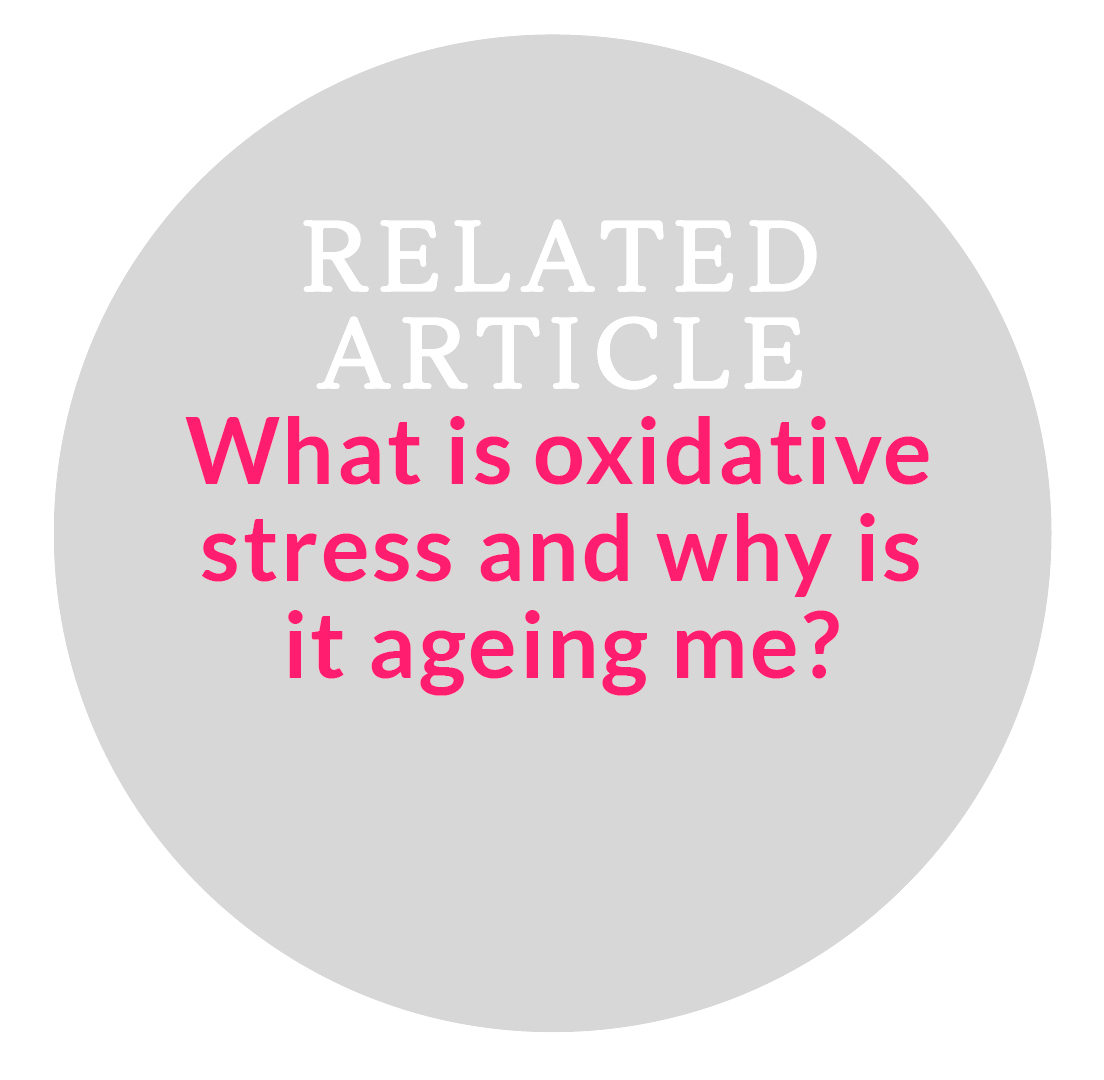
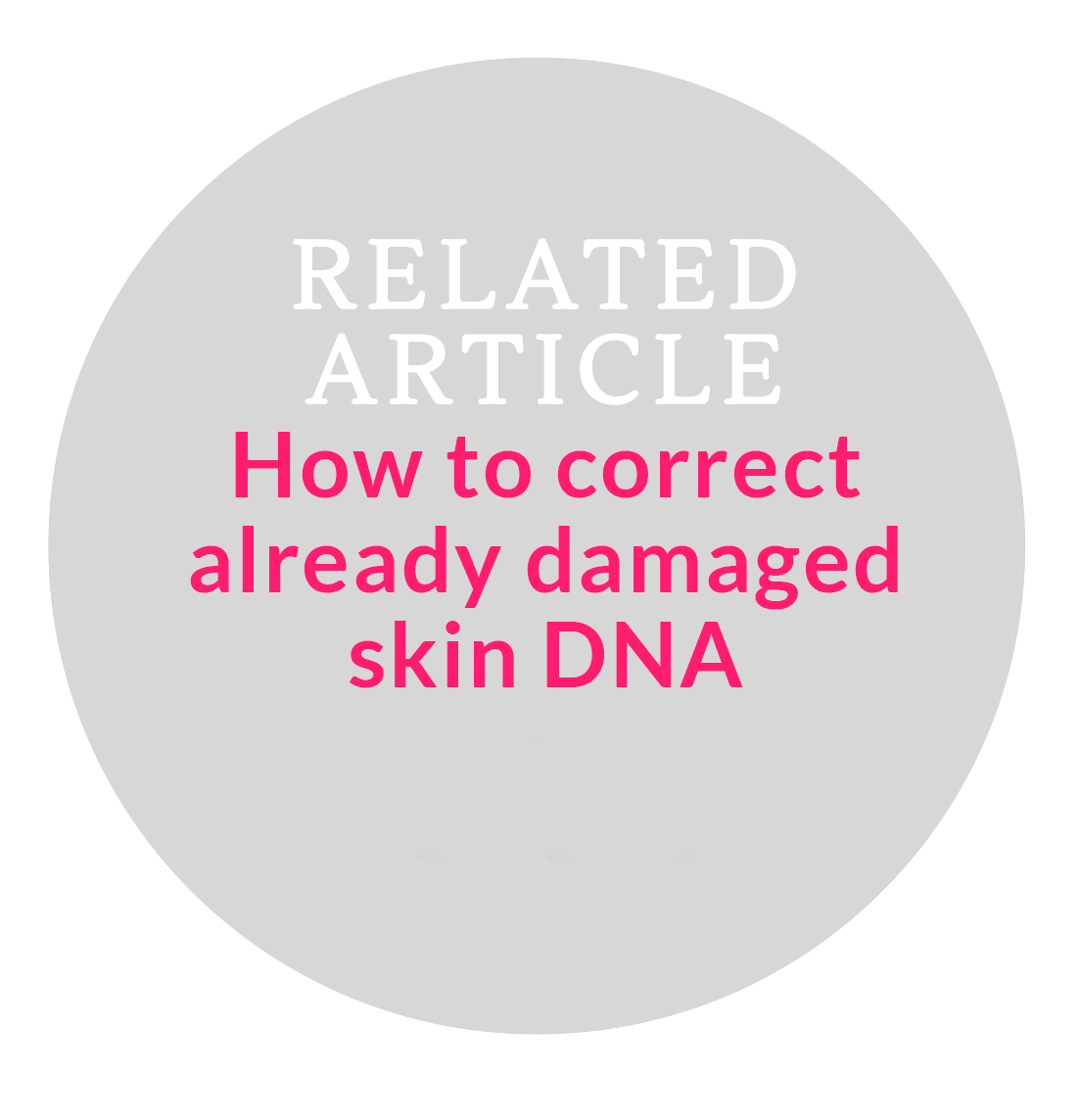


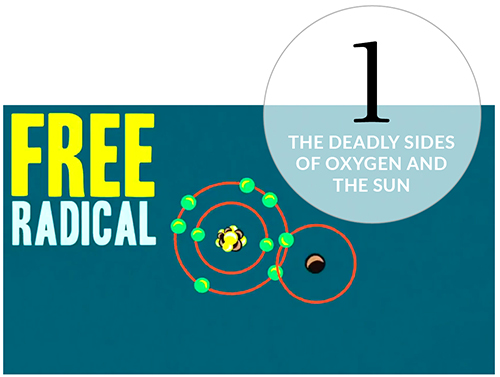

Oxygen is
deadly
IN THIS VIDEO
• You need oxygen to live, but it kills.
• Oxygen breaks all kinds of matter down through oxidation.
• Oxygen has a tendency to become unstable and form
free radicals.
• This unstable oxygen can ravage your body.
Oxygen, our life-blood, is actually a double-edged sword, and one person who understands the processes behind it all too well is Dr Shania Lee, Functional Medicine Practitioner and Homoeopath at Skin, Body & Health Renewal in Cape Town.
“Oxidation is a natural process that occurs when oxygen comes into contact with anything in nature,” Dr Lee explains. “A rusty nail, a slice of apple that turns brown when exposed to the air, these are all caused by the process of oxidation. It affects every cell in nature, including those in your body.”
But it’s not inherently a damaging process in our bodies. “Oxidation naturally forms part of our immune systems, as our bodies use the process to kill off bacteria. Or, in the case of cut skin: fresh, new cells replace the damaged cells timeously, resulting in the healing of skin,” Dr Lee continues.
“This cycle is a continuous process necessary to keep the body healthy, but during this process, unfortunately about one to two percent of cells will get damaged and turn into free radicals.
“Free radicals can damage cell membranes and even damage the
cell’s DNA, which may cause the cell to malfunction or reproduce
abnormally.”
And it doesn’t stop at the first cell either. Free radicals will alter
all nearby molecules, turning them into free radicals too; causing
a wave of damage that just keeps on spreading through your body.
“Free radicals, and thus oxidation, are strongly associated with
disease, especially degenerative conditions of the eyes, joints and
cardiovascular system. They are also known to accelerate the
ageing process,” Dr Lee explains.

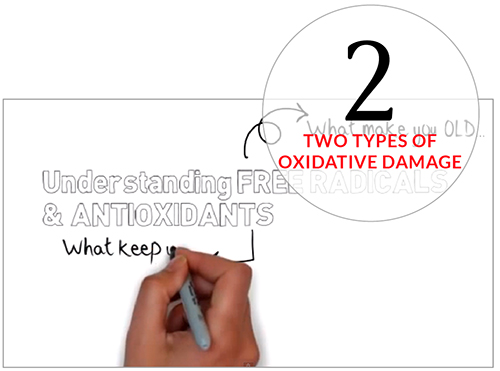

Free radicals
destroy
healthy cells
IN THIS VIDEO
• Healthy molecules in our cells have paired electrons.
• Free radicals are molecules with unpaired electrons.
• UV rays, toxins, stress, smoking, poor diet, alcohol all cause
free radicals.
• Free radicals make you old.
“Oxygen is normally stable,” explains Medical Director at Lamelle Research Laboratories
Dr Bradley Wagemaker, “we breathe it and metabolise it, but when oxygen becomes unstable
– usually in the presence of UV light – that new compound that’s created is highly toxic to
your body.”
When unstable oxygen (a free radical itself, known as Reactive Oxygen Species) comes into contact with your healthy tissue and cells, it steals an electron from a molecule inside the cell. This turns the molecule into a free radical as well, which steals from the molecule next to it, and that one from the one next to it, continually spreading the damage like a disease through the entire cell, then to other cells, and eventually all over your body.
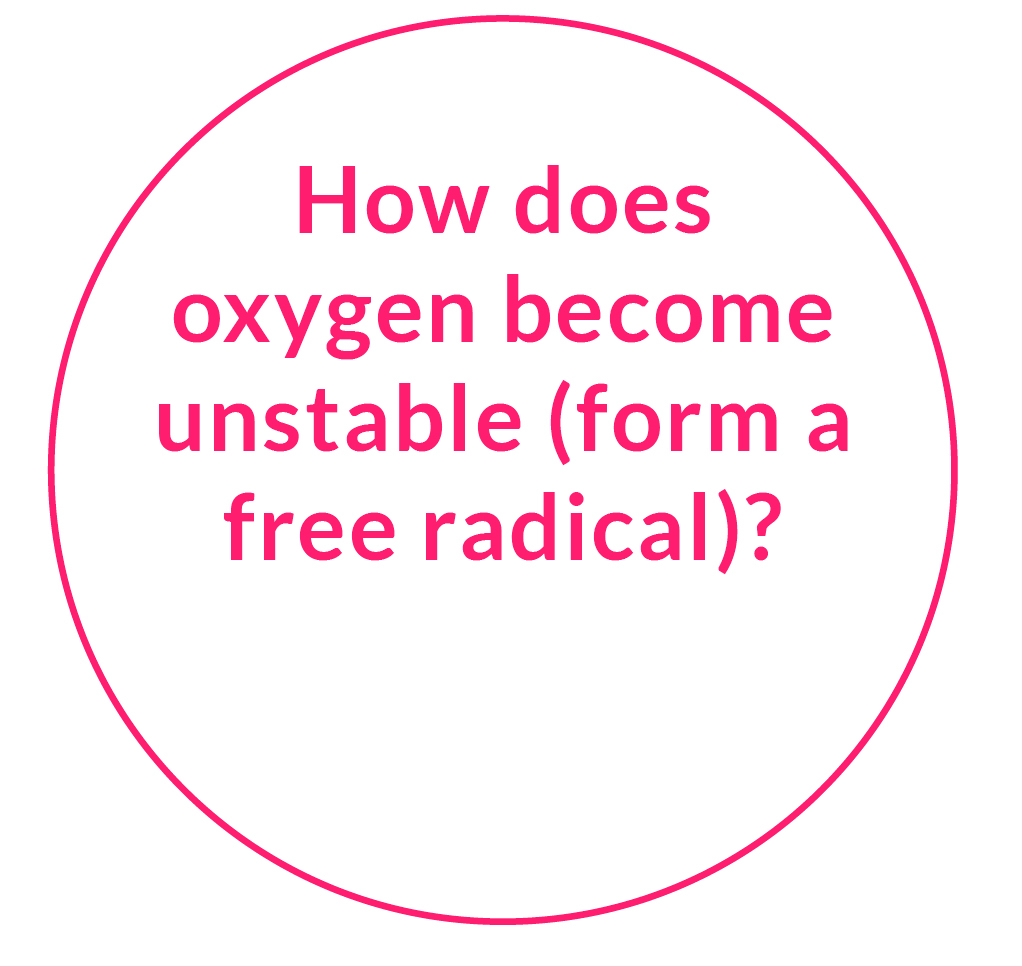

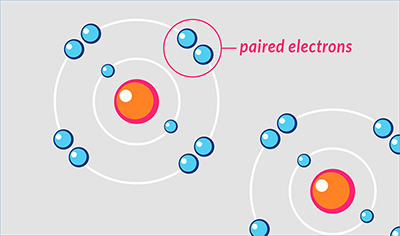
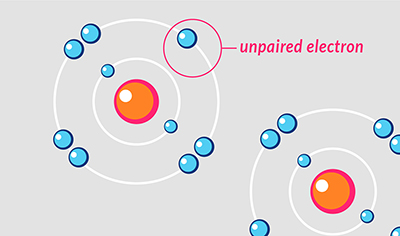
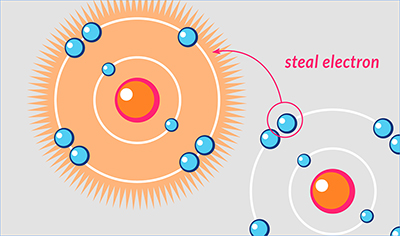
A healthy molecule,
with paired electrons
A reactive molecule, with
an unpaired electron
Reactive molecule damages molecules around it
Oxygen free radicals cause...

Our bodies are capable of dealing with most free radicals, but only up to a point. When the amount of free radicals becomes too much for your body, it’s known as oxidative stress. And that’s when the damage to cell walls, tissue and DNA happens.
“There are plenty of molecules in our bodies that are more susceptible to free radical attacks than others. These include fats, DNA, RNA, cellular membranes, proteins, vitamins and carbohydrates,” explains Dr Lee. “I would go as far as to say that oxidation equals ageing.”
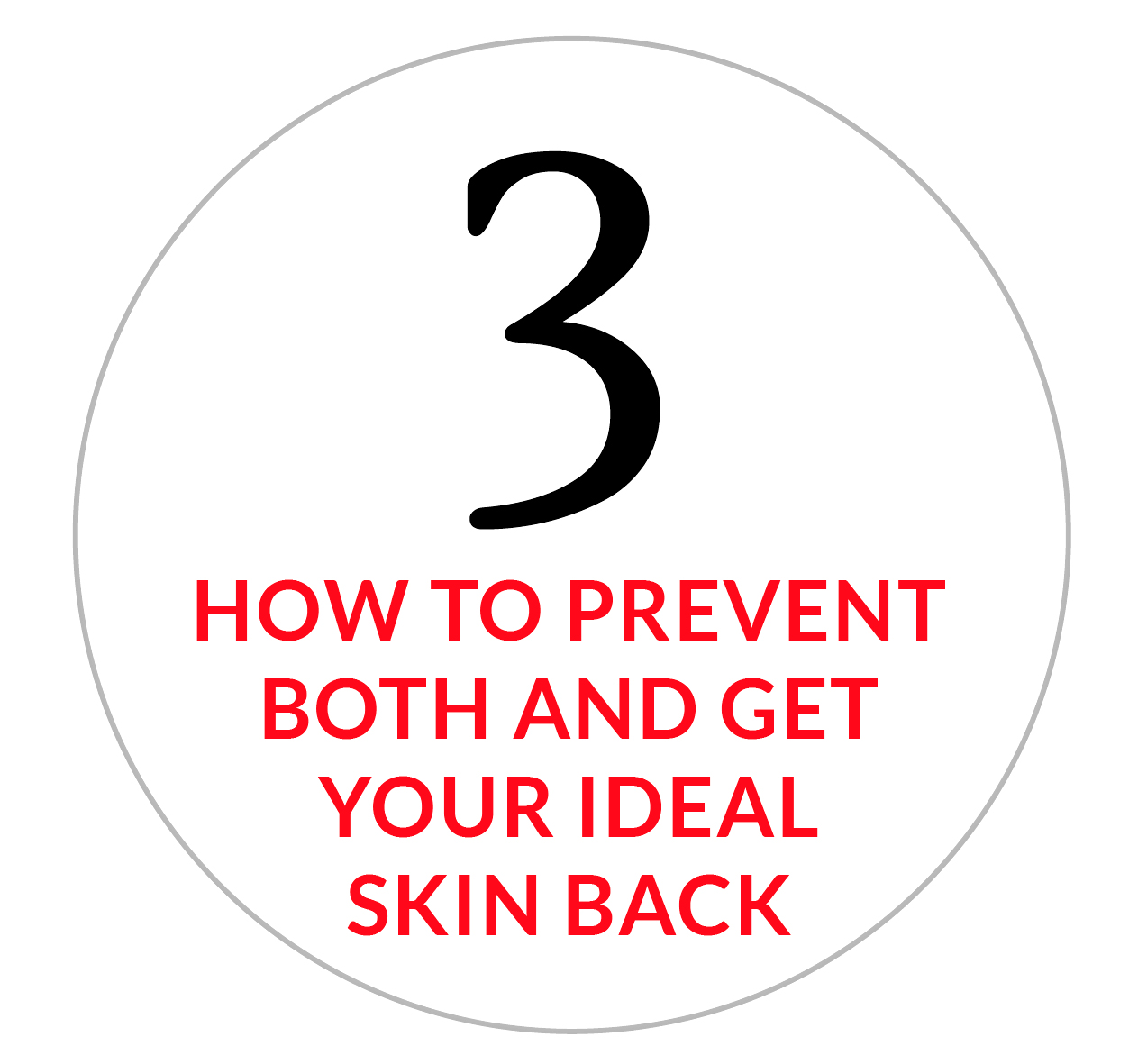
To the point:
there are two devastating types of oxidative damage
There are two types of oxidative damage that are likely to ravage your body at one point or another, and each of them has a unique solution.
1. OXIDATIVE STRESS
The free radical load becomes too much, deteriorating your cells. But there is hope. Read about fighting oxidation with the most powerful antioxidant we know, here: What is oxidative stress and why is it ageing me?
2. OXIDATIVE DNA DAMAGE
DNA becomes mutated, leading to premature ageing, disease and cancers. Read about a revolutionary new way of naturally correcting already damaged DNA, here: How to correct already damaged skin DNA
Dr Shania Lee, Functional Medicine Practitioner and Homoeopath at Skin, Body & Health Renewal in
Cape Town


3 frightening facts
about free radicals and oxidation in your body




